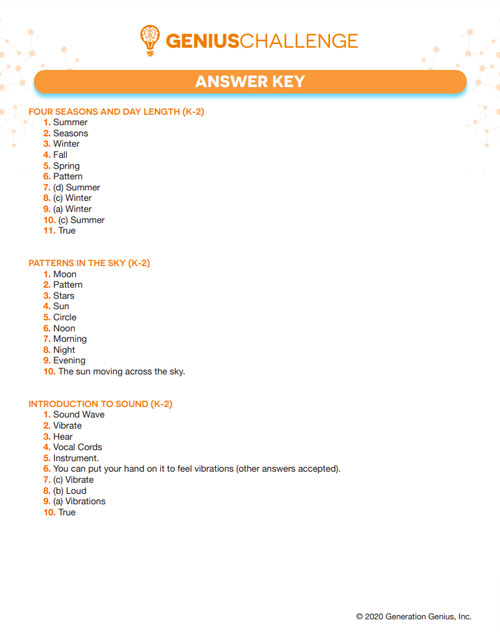A force is a push or pull. Sometimes forces cause objects to move, and sometimes forces slow, stop, or change the direction of an object’s motion. Gravity is an example of a force that pulls all objects toward the center of the Earth. When you jump on a trampoline, gravity constantly pulls you down.
To better understand how balanced and unbalanced forces work…
LET’S BREAK IT DOWN!
Forces are all around us!

Forces are needed to lift, turn, move, open, close, push, pull, and so on. When you throw a ball, you are using force to make the ball move through the air.
More than one force can act on an object at the same time. Think about all the different forces you need to ride your bike. Your feet push on the pedals, your hands push and pull the handlebars, and the muscles in your body help you stay balanced. The tires are pushing against the pavement, while the pavement is pushing back on them. Wow, that’s a lot of forces!
A force has strength and direction.

When soccer players kick the ball to another player, they are using a certain amount of strength to push the ball in a certain direction. Forces always have strength and direction.
Forces can be weak, like in the video when Zoe lightly hit the golf ball. Or a force can be strong, like when Izzy hit the ball really hard.
Forces also have direction. Rocket scientists must be very careful about the direction that a rocket is launched. If there is even a small mistake in calculations, the rocket's direction will be off course and the mission will not be successful.
The strength and direction of a force are equally important.
Unbalanced forces can cause an object to change its motion.

Unbalanced forces change the motion of an object. This happens in two ways. If an object is at rest and an unbalanced force pushes or pulls the object, it will move. Unbalanced forces can also change the speed or direction of an object that is already in motion.
A game of tug-of-war is a great way to illustrate an unbalanced force. If the players on one side of the rope use more force than other side, they will win the game.
Another good example is when you and your dog play with a tug toy. If you let go of the toy when the dog is tugging, the dog will fall backwards because it experiences an unbalanced force.
Balanced forces do not cause a change in motion.

When two forces are the same strength but act in opposite direction, they are called balanced forces. Again, tug-of-war is a perfect example. If the people on each side of the rope are pulling with the same strength, but in the opposite direction, the forces are balanced. The result is no motion.
Balanced forces can cancel each other out. Any time there is a balanced force, the object does not move.


































































































































 Select a Google Form
Select a Google Form









